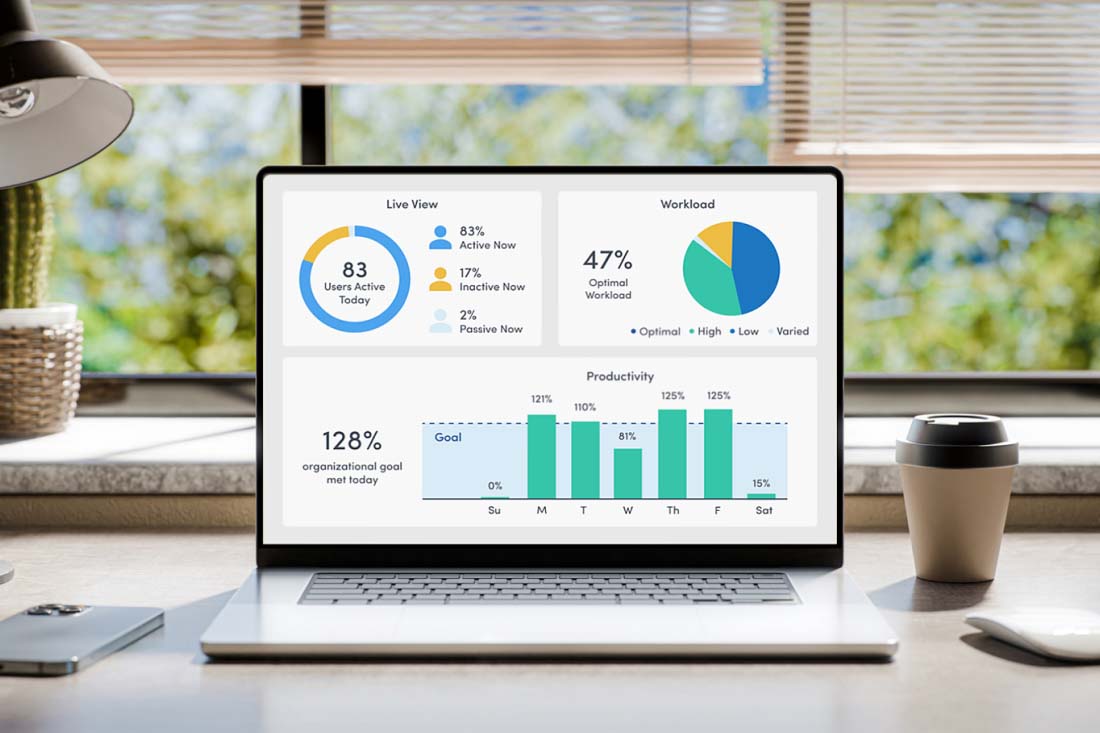Part three of a three-part series: Never Waste a Good Crisis – you can read part one and two here.
For many organizations, it’s easy to argue that we’re operating in one of the most difficult periods of the last four years when it comes to workforce planning and decision-making. Budgets are managed to the penny, discretionary spending is scrutinized and priorities are vigorously debated and communicated to ensure every hour is spent on the most important work.
Start with the data
All workforce planning exercises should start with data. The usual data sources are obvious, including demand forecasts that help you anticipate upcoming workloads for a particular team or function.
Customer support is particularly straightforward to model for many companies. If the average customer submits one support ticket per week, a ticket takes one hour to resolve, and your forecast calls for adding 1000 customers next year, then you have a very good idea of how many hours of support capacity you need to add. (Whether you add that in people or by using generative AI is a topic for another post.) Implicit in that formula is the idea that your current team is properly sized for the current workload. And that’s where workforce analytics comes in.
ActivTrak gives customers the unique ability to understand current utilization — either at the team or individual level, depending on privacy settings — and if they have untapped capacity. So, if a customer support team currently runs at 80% utilization there might be meaningful room to add more customers before they ever need to hire a single incremental headcount.
Failure to understand current capacity and utilization, paired with overly optimistic forecasts, was a major contributor to the massive overhiring we saw in 2021.
In fact, one customer who recently adopted ActivTrak was shocked at what the data showed them. One particularly ‘squeaky wheel’ when it came to workload and headcount requests was actually running at less than 50% utilization across their team. Meanwhile, other teams were perilously close to burning out, with employees routinely exceeding 120% utilization. Armed with these insights, company leaders were able to have direct, data-driven discussions with middle management to put all teams on more sustainable footing.
Hit a moving target
As the business press loves to point out, change is the only constant. This is true on multiple levels: the tenure and experience of your workforce is always in motion, tools and processes are constantly being tweaked and market conditions are always changing. This means that a team or function operating at ideal utilization will not stay there for long.
A new tool could be introduced that significantly streamlines a certain workflow, reducing required hours while increasing available capacity — almost overnight. Or consider the Southwest Airlines example, where unprecedented winter storms broke a manual process that couldn’t scale beyond a certain point. That team went from fully utilized to hopelessly overutilized in hours, costing them hundreds of millions of dollars in revenue and customer loyalty.
The days of setting headcount forecasts and hiring plans during the annual planning process are gone. Today’s high-performing companies measure and track capacity across their functions on a weekly basis and dynamically adjust hiring plans and resource allocation as the data warrants.
For example, one ActivTrak customer has been focused on improving the efficiency of their sales development representatives (SDRs) in qualifying leads and booking meetings for account executives (AEs). A steady stream of trainings, process improvements and technology additions reduced the average time required per booked sales call by more than 20%. At each step along the way, the customer used ActivTrak data to monitor team utilization and manage headcount, thus controlling when new SDRs were hired and successful SDRs were promoted to AE. This allowed them to optimize headcount spend while also ensuring individual SDRs could meet their performance targets without going over capacity.
Ensure alignment across the company
Zooming out, the same data used to understand team performance can also be leveraged to ensure the whole organization is aligned and focused on the most important initiatives.
Given current dynamic market conditions, many executives are reprioritizing strategic initiatives and working to pivot their organizations to match. This is easier said than done, as teams often struggle to cease performing established activities.
One executive I recently spoke with expressed frustration that their marketing team continued to invest time supporting a shrinking field sales organization despite a strategic shift towards inside sales. Whereas the budget had been easy to control and redirect, many teams continued to do what they had always done.
Unfortunately, it is all too common to find whole teams or divisions that continue to sink time into efforts that are no longer aligned with corporate priorities. Without the instrumentation and data ActivTrak provides, it is difficult to intervene in a targeted manner to address misalignment quickly and efficiently.
The plural of anecdote is not data
In this period of heightened uncertainty and rapidly shifting market conditions it is more critical than ever that leaders have unbiased and accurate views of how work gets done inside their companies. For too long these “insights” into work have come from anecdotes passed up through the chain of command.
It’s time to move past anecdotes to inform decision-making. Fortunately – and for the first time – this is now possible with ActivTrak.





